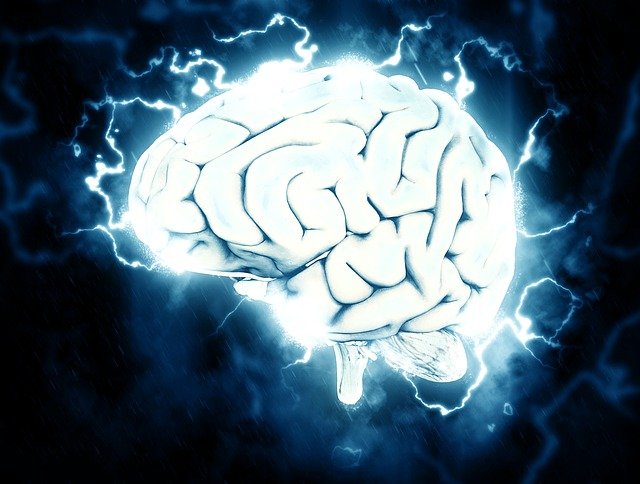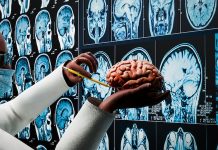
In a new study, researchers from University of South Australia have adopted a new method to help stroke victims recover greater use of their paralyzed limbs.
This gives patients the chance to re-train their brains at home.
In the study, the team delivers a home treatment program for chronic stroke patients with hand/arm mobility issues.
The program involves the patient or their carer attaching brain stimulation electrodes to the motor cortex region of the head for 20 minutes each day, followed by a series of physical exercises, lasting an hour in total.
The therapy is designed to increase brain activity and help the brain re-learn the ability to move through a process known as plasticity.
It’s a two-week treatment that can be delivered in the comfort of a person’s home, without the need to come into a hospital or clinical setting.
This is very beneficial to patients because training in hospitals or clinics can be stressful for some people, particularly those who are disabled or living in regional and rural areas.
The patient’s rehabilitation over the fortnight is tracked via an iPad with Skype connection to ensure that the treatment is safe and effective.
Several advanced brain imaging measures are used to compare brain activity before and after this treatment.
While study is targeting stroke patients with impaired motor function, separate treatment projects could be adapted for stroke victims with speech and/or cognitive damage.
The team suggests that this is the first time they have performed brain stimulation remotely for stroke patients and it could well be the future direction for this type of treatment.
Copyright © 2018 Knowridge Science Report. All rights reserved.
Follow Knowridge Science Report on Facebook and Twitter.
News source: University of South Australia.
Figure legend: This Knowridge.com image is for illustrative purposes only.



